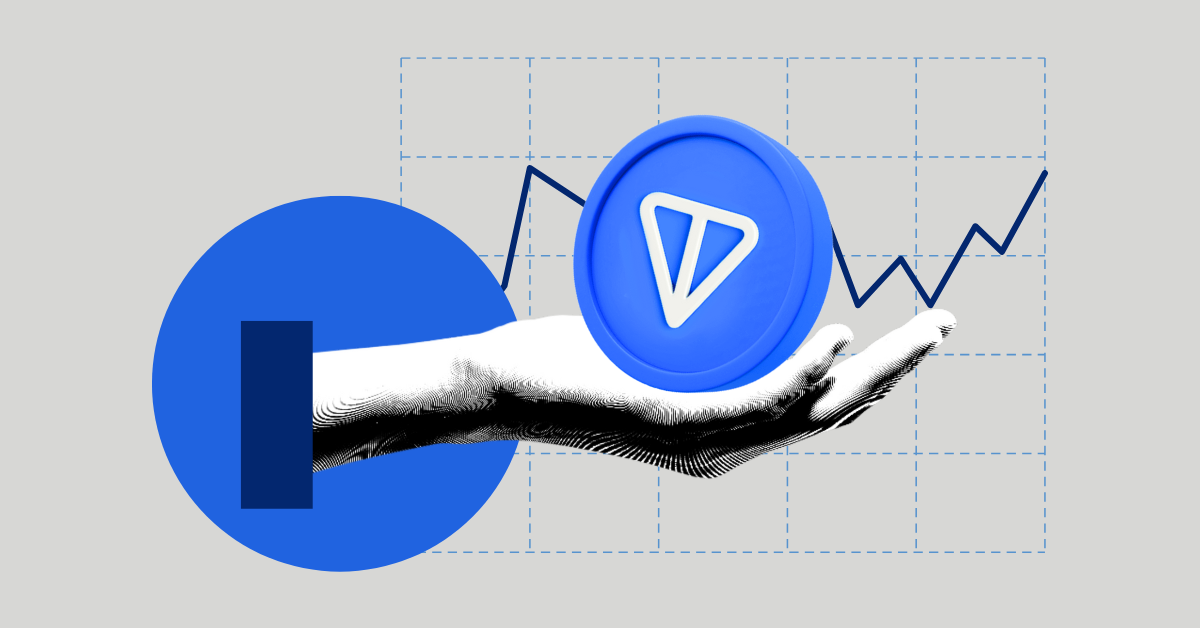Experts at the University of Birmingham (UOB) in the United Kingdom have developed a transport ticketing solution using blockchain and ontology.
Proving yet again that blockchain technology has utility beyond payments, the UOB team developed the System for Ticketing Ubiquity within Blockchains (STUB) solution.
STUB utilizes both blockchain and ontology, a way of modeling and managing complex information systems to create robust, transparent, and interconnected data structures.
While the blockchain is used for selling and validating tokenized tickets, ontology allows providers to capture and share information about the transport network. This, in turn, will enable them to offer data about routes, schedules, and availability.
Noting that traditional ticketing systems don’t allow transfer across multi-modal transport networks, Dr. Joe Preece said, “The system we have devised enables ticket providers to operate in a more transparent, flexible environment, that will ultimately offer passengers a more user-friendly experience.”
The next step is to establish a pilot scheme in a regional transport network to collect feedback from passengers and ticket operators and to test the system itself.
Blockchain has many use cases beyond payments
Blockchain is best known as the decentralized database on which payments can be made with digital currencies. However, as CoinGeek has been reporting for years now, it has utility beyond payments.
Blockchains are, in essence, distributed databases. Therefore, they can be used for tracking and tracing almost anything, and data can be secured more securely. For example, IBM (NASDAQ: IBM) and Gate2Chain are using the BSV blockchain for the Trace App in an attempt to overhaul global supply chains. Likewise, IBM also helped develop the next-generation cybersecurity tool Sentinel Node on the same chain.
Combining the blockchain’s ability to track and trace activity via time-stamped immutable records with other elements, such as tokenization, opens up a world of possibilities. Suddenly, it becomes possible to streamline and automate many different processes securely.
The efficient transfer of tokenized assets is one use case, but tracking the ownership and authenticity of luxury goods, minting and distributing tickets and loyalty tokens, and being able to securely store data to prove compliance are some of the other exciting use cases for blockchain.
As regulators understand the technology and develop regulations to stamp out bad actors while encouraging innovation, more initiatives like the University of Birmingham STUB ticketing system are likely to emerge.
It’s high time we looked beyond the surface level and realized how blockchains can help us store and manage data, build more robust and secure computer networks, and enable peer-to-peer communications and payments. Thankfully, the speed at which policymakers, entrepreneurs, and others realize this means utility blockchain applications will be coming thick and fast going forward.
Could you build the next killer blockchain app?
As the University of Birmingham project shows, blockchain can be combined with other technologies, in this case ontology, to create interesting and useful applications. It can also be combined with AI, IPv6, the Internet of Things (IoT), AR/VR, smart contracts, and a host of other technologies to revolutionize industries and build the next generation of businesses on the Metanet.
If you have an idea for a killer blockchain application, venture builders like Block Dojo or Ayre Ventures could help you make it a reality by providing expertise, tools, and funding to build on the BSV blockchain. Why not try and make your blockchain app idea a reality?
Watch: Showcasing power of blockchain tech with nChain Web3 event app







